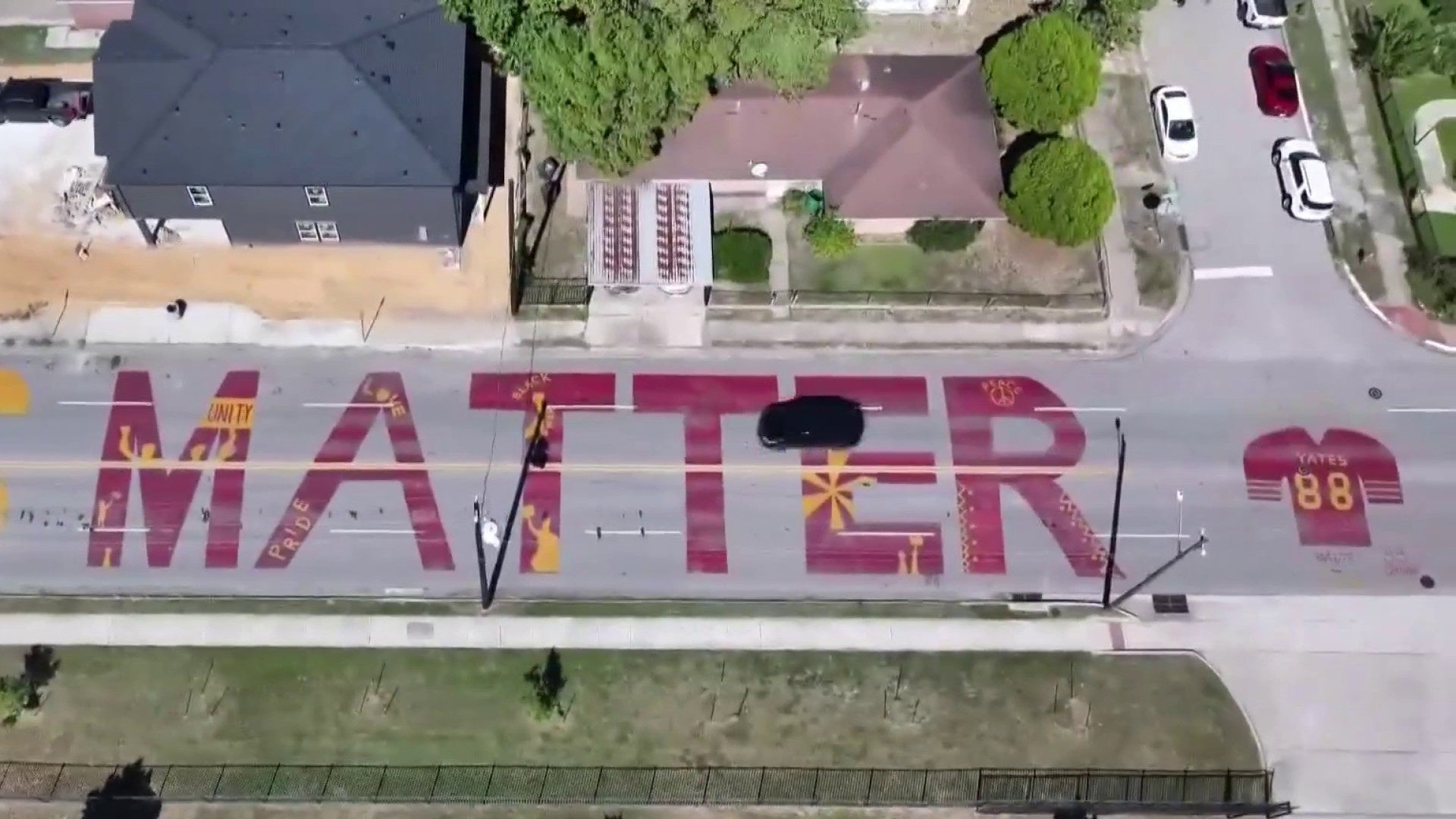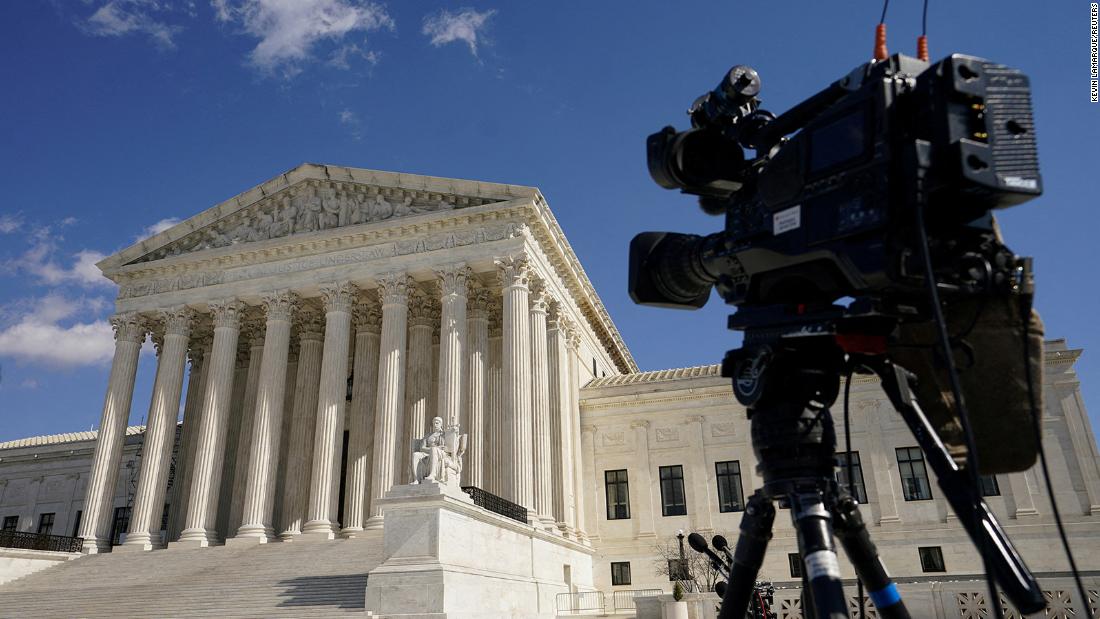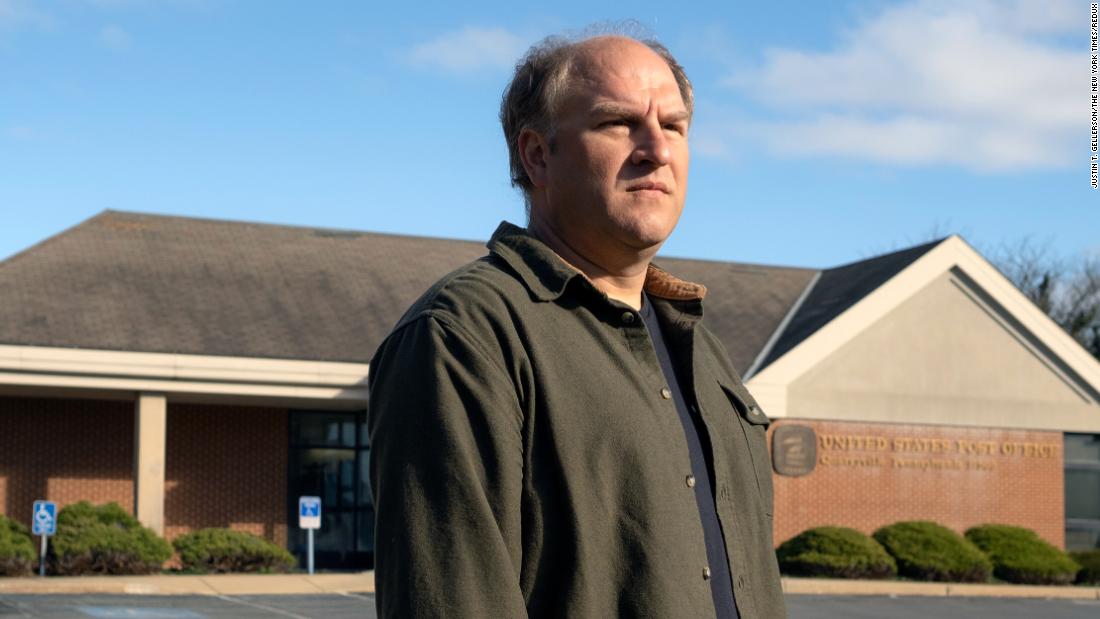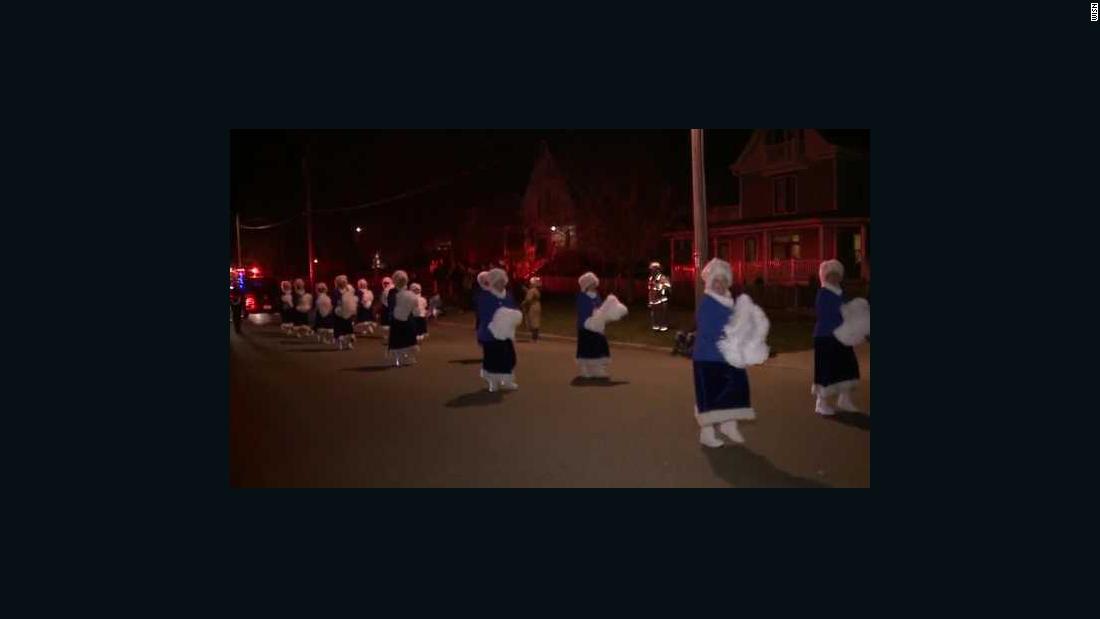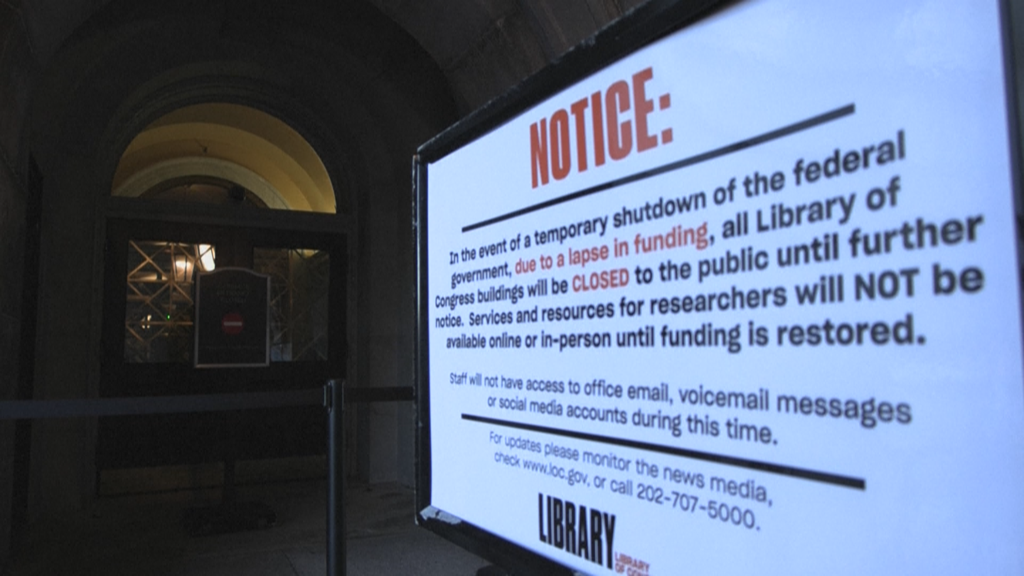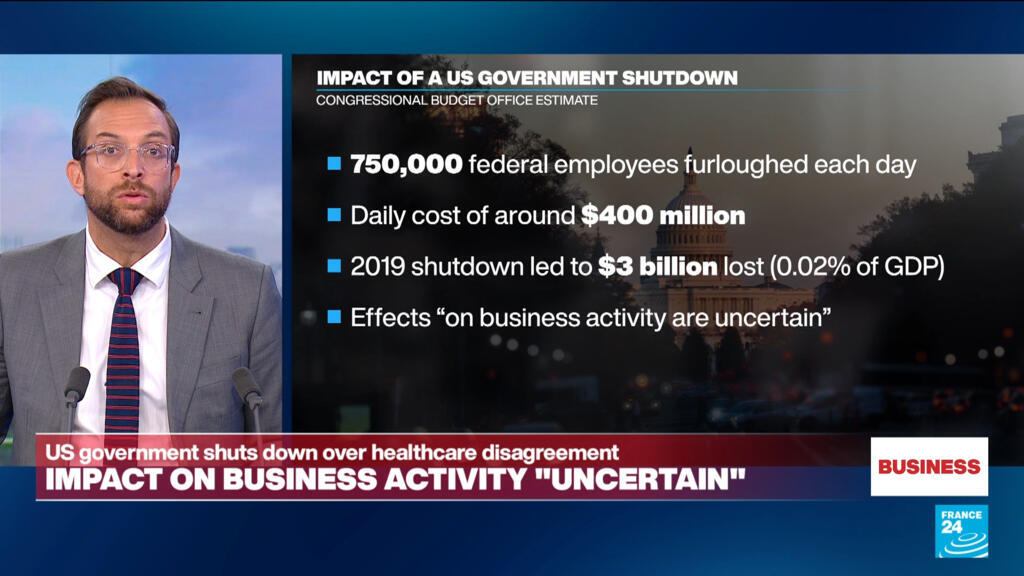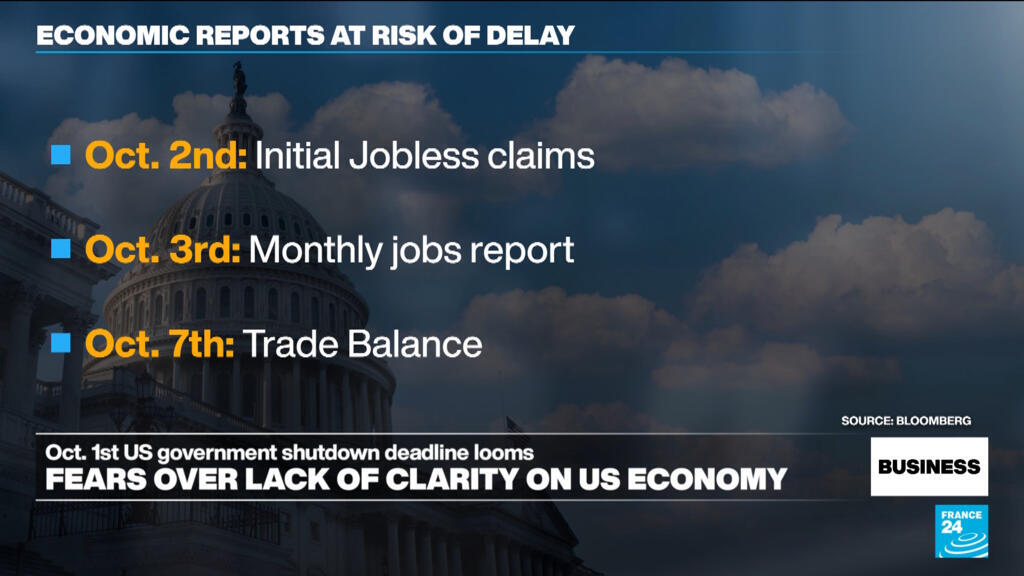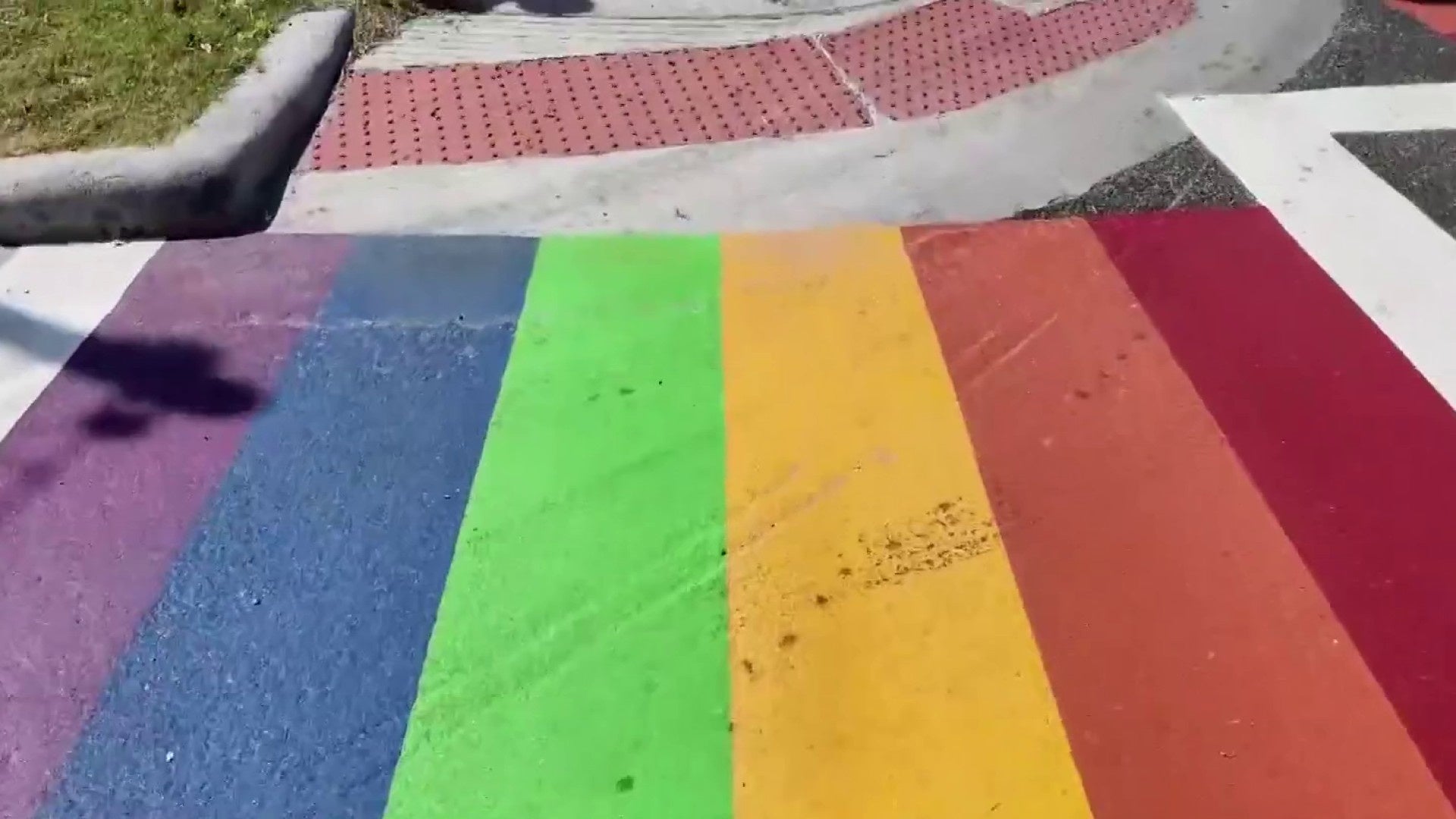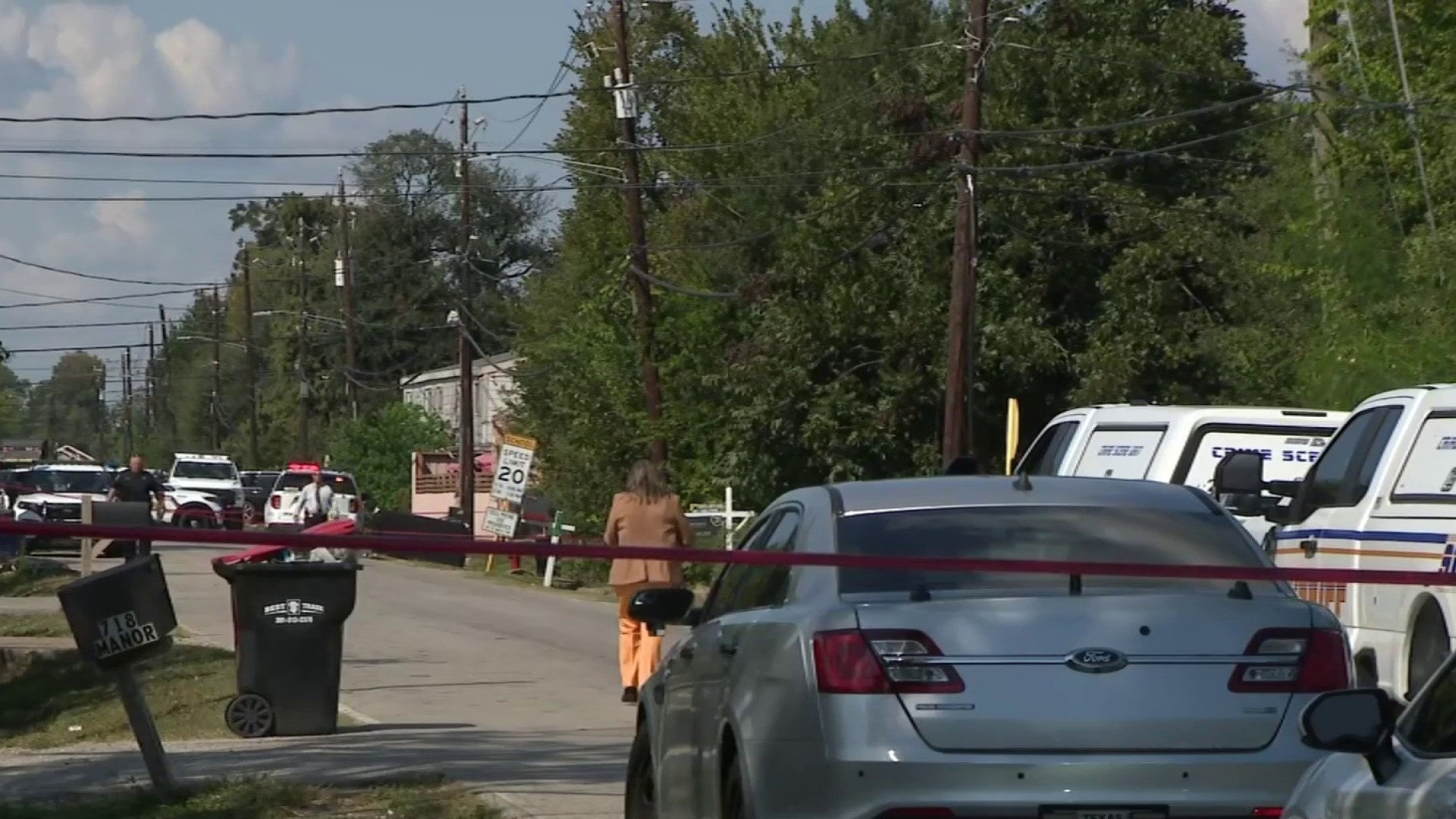Fire danger increases as drought worsens: What is flash drought and why is SE Texas experiencing it?
The National Weather Service is warning about an elevated fire risk for southeast Texas as we head into the end of the week and into the weekend.

The National Weather Service is warning about an elevated fire risk for southeast Texas as we head into the end of the week and into the weekend.
Warm and very dry conditions will create the potential for fires to easily spark.
This enhanced fire danger coincides with increasing drought across the area. Despite good rainfall earlier in the year, the pattern we are seeing combined with several weeks without any widespread, heavy rainfall have led to drought conditions worsening, not only in this part of Texas, but across much of the state.
Enhanced wildfire risk

The graphic above shows Friday’s wildfire risk. You can see much of the area is in the high danger category, with spots just north of Houston in the very high to extreme category.
High temperatures will be above normal, hovering around 90 degrees for much of the area Friday. One of the biggest problems when it comes to fire danger will be the fact that drier air is filtering in to southeast Texas. This means that any spark could easily start a fire.
The one good thing is that winds across most of the area are expected to remain fairly light, 10 mph or less. The only exception to this will be along the coast, where winds could reach closer to 20 mph. Higher winds make it easier for fires to spark and also means once they get going, they can spread easier.
Flash drought: What it is and why we are seeing it?
Drought continues to creep back into the area.
Despite a fairly wet summer, above-normal temperatures and a dry pattern is causing drought conditions to increase.
This is evident just from data from the past week. The drought monitor had much of the area in at least abnormally dry conditions. Fast forward to this week and an area of moderate drought has developed from Houston to the northeast. Even worse conditions are present out west. Areas around San Antonio are seeing extreme to even exceptional drought conditions.
This developing drought is the onset of what is called flash drought, think like flash flood but just with a drought. Basically, higher-than-normal temperatures and winds combined with lower-than-normal precipitation can lead to drought conditions quickly developing as moisture quickly evaporates from the soil.
The pattern we are seeing does not bode well for improvement of the drought, at least in the near-term. A high-pressure area, our heat dome, remains intact across the area, causing temperatures to remain high and rainfall to be lower than normal.
The forecast maintains these conditions for at least the next 10 days. This will mean conditions will continue to worsen until we get some widespread, appreciable rainfall.
We have entered the fall, which means impactful cold fronts will eventually make their way into the region. The big question, will they produce enough rainfall to make much of a difference? It is definitely something we will be watching for over the next few months.


